Egils Avots
Ensemble approach for detection of depression using EEG features
Mar 07, 2021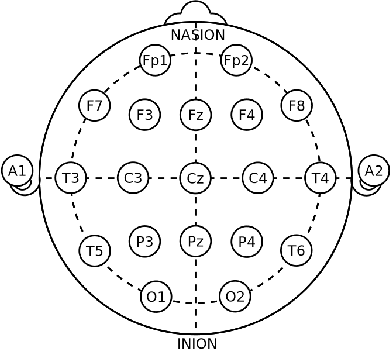
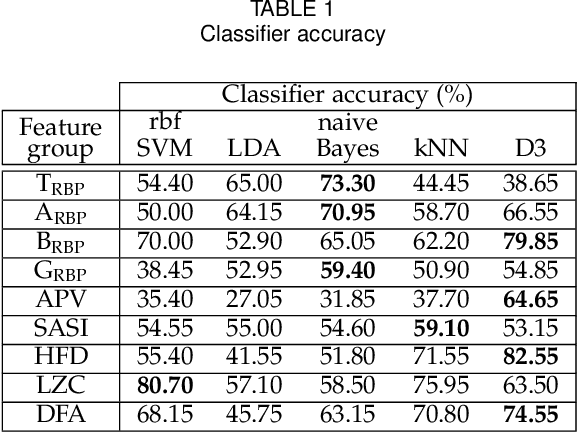
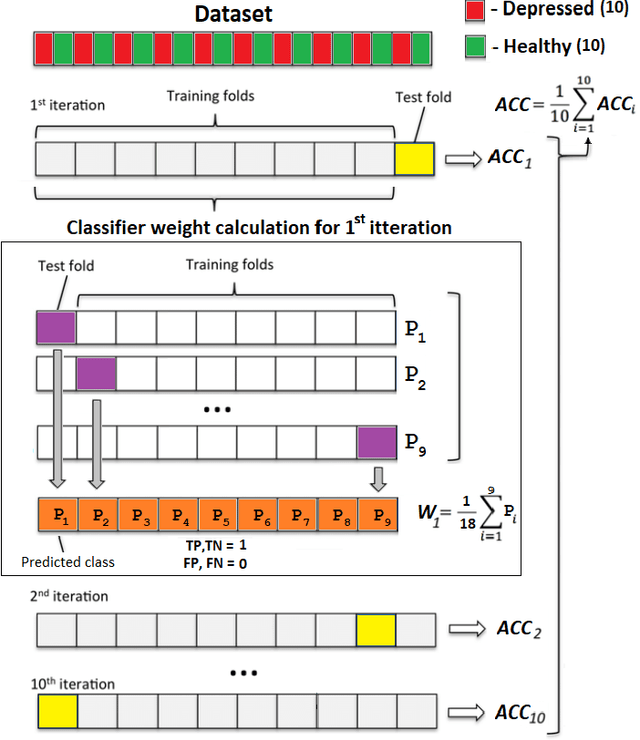
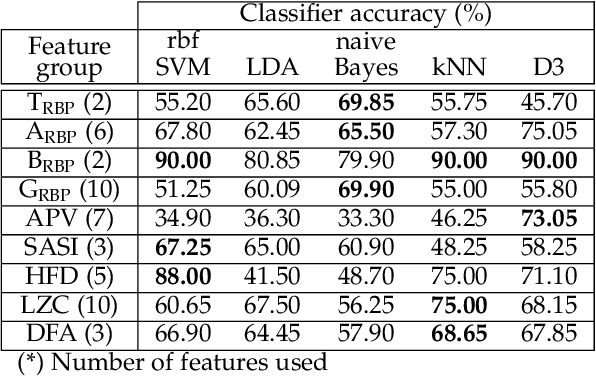
Abstract:Depression is a public health issue which severely affects one's well being and cause negative social and economic effect for society. To rise awareness of these problems, this publication aims to determine if long lasting effects of depression can be determined from electoencephalographic (EEG) signals. The article contains accuracy comparison for SVM, LDA, NB, kNN and D3 binary classifiers which were trained using linear (relative band powers, APV, SASI) and non-linear (HFD, LZC, DFA) EEG features. The age and gender matched dataset consisted of 10 healthy subjects and 10 subjects with depression diagnosis at some point in their lifetime. Several of the proposed feature selection and classifier combinations reached accuracy of 90% where all models where evaluated using 10-fold cross validation and averaged over 100 repetitions with random sample permutations.
From 2D to 3D Geodesic-based Garment Matching
Sep 21, 2018

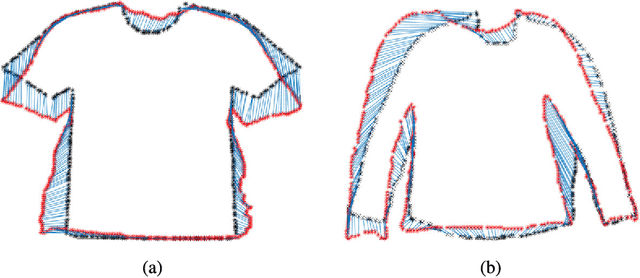

Abstract:A new approach for 2D to 3D garment retexturing is proposed based on Gaussian mixture models and thin plate splines (TPS). An automatically segmented garment of an individual is matched to a new source garment and rendered, resulting in augmented images in which the target garment has been retextured by using the texture of the source garment. We divide the problem into garment boundary matching based on Gaussian mixture models and then interpolate inner points using surface topology extracted through geodesic paths, which leads to a more realistic result than standard approaches. We evaluated and compared our system quantitatively by mean square error (MSE) and qualitatively using the mean opinion score (MOS), showing the benefits of the proposed methodology on our gathered dataset.
3D Scanning: A Comprehensive Survey
Jan 24, 2018
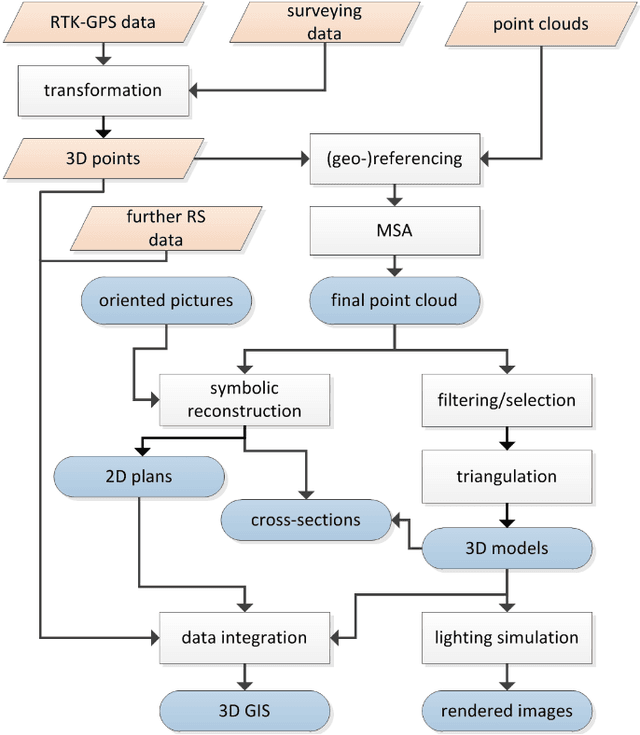
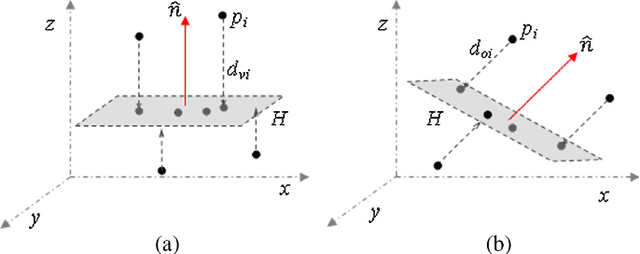

Abstract:This paper provides an overview of 3D scanning methodologies and technologies proposed in the existing scientific and industrial literature. Throughout the paper, various types of the related techniques are reviewed, which consist, mainly, of close-range, aerial, structure-from-motion and terrestrial photogrammetry, and mobile, terrestrial and airborne laser scanning, as well as time-of-flight, structured-light and phase-comparison methods, along with comparative and combinational studies, the latter being intended to help make a clearer distinction on the relevance and reliability of the possible choices. Moreover, outlier detection and surface fitting procedures are discussed concisely, which are necessary post-processing stages.
 Add to Chrome
Add to Chrome Add to Firefox
Add to Firefox Add to Edge
Add to Edge